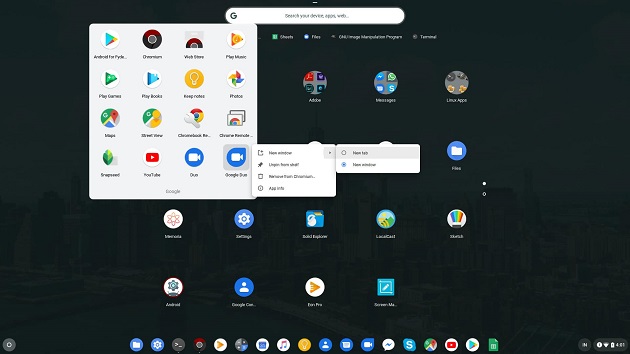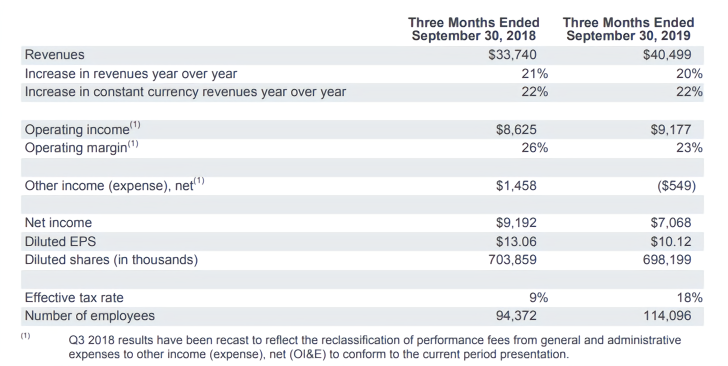
With limited offline capability and a fast boot-time, Chromebooks are primarily designed for use while connected to the Internet and signed in to a Google account.

Some Chromebooks include SeaBIOS, which can be turned on to install and boot Linux distributions directly. Crouton is a script that allows the installation of Linux distributions from Chrome OS, and running both operating systems simultaneously. Enabling developer mode allows the installation of Linux distributions on Chromebooks. Ĭhromebooks ship with Google Chrome OS, an operating system that uses the Linux kernel and the Google Chrome web-browser with an integrated media-player. Initial hardware partners for Chromebook development included Acer, Adobe, Asus, Freescale, Hewlett-Packard (later HP Inc.), Lenovo, Qualcomm, Texas Instruments, Toshiba, Intel, Samsung, and Dell. Samsung Chromebook Series 3 with bottom panel removed Google maintains a list of devices that were launched before 2019, which support Linux apps. In May 2018, Google announced it would make Linux desktop apps available on Chromebooks via a Virtual Machine code-named "Crostini", which exited beta in 2021. A February 2017 review in The Verge reported that the Plus with its ARM processor handled Android apps "much better" than the Intel-based Pro, but said that "Android apps on Chrome OS are still in beta" and are "very much unfinished experience." The number of Chrome OS systems supporting Android apps in either the stable or beta channel is increasing. Partnering with Google, Samsung released the Chromebook Plus and Chromebook Pro in early 2017, the first Chromebooks to come with the Play Store pre-installed. At the time, Google Play access was scheduled for the ASUS Chromebook Flip, the Acer Chromebook R 11 and the most recent Chromebook Pixel, with other Chromebooks slated over time. In May 2016, Google announced it would make Android apps available on Chromebooks via the Google Play application distribution platform. The Tab 10's display-9.7-inch, 2048 x 1536 resolution-was the same as the iPad's. The device was expected to compete with a lower-priced Apple iPad tablet in the education market.

and Samsung, were announced at the Google I/O conference in May 2011, and began shipping on June 15, 2011. The first Chromebooks for sale, by Acer Inc. In 2020, Chromebooks outsold Apple Macs for the first time by taking market share from laptops running Microsoft Windows.

Other form factors include Chromebox desktops, Chromebase, which places the computer in an all-in-one unit, an HDMI stick PC called a Chromebit, and Chromebook tablets. The first Chromebooks shipped on June 15, 2011. Google Play video content is available offline using the Google Play Movies & TV extension with the Chrome browser.

Ĭhromebooks can work offline applications like Gmail, Google Calendar, Google Keep, and Google Drive synchronize data when reconnecting to the Internet. All supported apps can be installed and launched alongside each other. Initially designed to heavily rely on web applications for tasks using the Google Chrome browser, Chromebooks have since expanded to be able to run Android and full-fledged Linux apps since 20, respectively. A Chromebook (sometimes stylized in lowercase as chromebook) is a laptop or tablet running the Linux-based Chrome OS as its operating system.


 0 kommentar(er)
0 kommentar(er)
